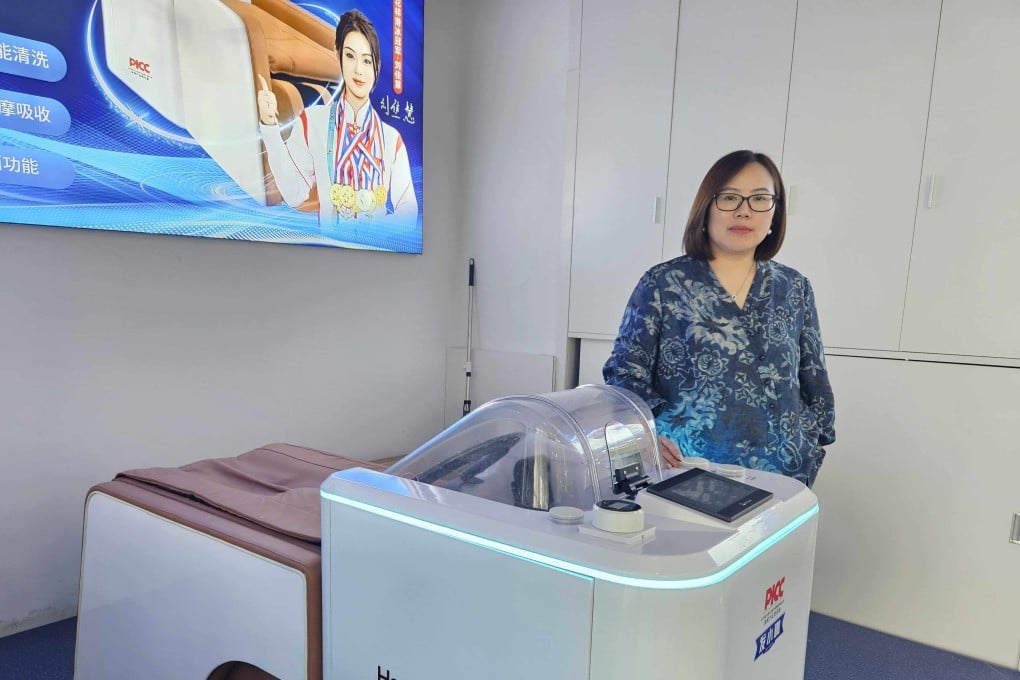From everyday items like tethers to cutting-edge machinery that assists in their interstellar operations, here are 5 pieces of gear astronauts use to ensure their safety. Life on the ISS pushes human endurance, skill, and demands ingenuity. In the silent, weightless world of orbit, 250 miles overhead, nothing, not even the smallest task, can be taken lightly.
Every breath must be monitored. Every repair must be flawless. Astronauts cannot afford mistakes, and they don’t face the challenge alone.

A select group of gadgets works quietly beside them, making survival and discovery possible. These tools aren’t just equipment; they are lifelines. Let’s uncover five extraordinary gadgets that make life in space not just possible, but remarkable.
Canadarm2 Robotic Arm Picture a mechanical arm strong enough to grab a spacecraft moving at 17,500 miles per hour. That’s Canadarm2. This massive robotic arm, stretching nearly 58 feet, was first designed to assist with spacewalks and remote repairs.
Today, it plays an even bigger role, capturing cargo ships that can't dock on their own, moving astronauts during repairs, and even helping install large pieces of the station. Controlled from inside the ISS, Canadarm2 gives astronauts an extended reach they simply couldn’t survive without. Dextre Robotic Hand Heavy lifting is one thing.
Delicate work is another. That’s where Dextre comes in. Nicknamed the "Canada Hand," Dextre, with its two robotic arms, takes care of the delicate tasks in space.
Whether it's replacing small batteries or faulty parts, Dextre manages the fine work astronauts would rather avoid on risky spacewalks. Every movement is deliberate. Every task it performs saves precious time, and sometimes even lives.
Safety Tethers Space doesn’t forgive mistakes. That’s why safety tethers are sacred on the ISS. An astronaut never begins a spacewalk without fastening multiple tethers to the station for safety .
These durable lines keep them from drifting away into endless darkness if something goes wrong. The simplicity of a tether, just strong, flexible metal cables, hides its power. It's a life-saving link, as important as any spacesuit or spacecraft.
Pistol-Grip Tool Fixing something in space isn’t as easy as tightening a screw on Earth. That’s why astronauts turn to the pistol-grip tool. Think of it as a supercharged space drill, but smarter.
It’s programmable to control torque, speed, and direction with pinpoint accuracy. Astronauts use it to tighten bolts, remove equipment, and assemble new structures on the outside of the ISS. With gloved hands and zero gravity, ordinary tools simply wouldn’t cut it.
The pistol-grip tool brings precision and power where it’s needed most. Trace Gas Analyzer In the vast emptiness of space , clean air inside the ISS is a matter of survival, not comfort. The trace gas analyzer operates continuously, capturing even the slightest shifts in the air that astronauts breathe.
It detects dangerous gases, leaks, or chemical buildups long before they pose a real threat. Without it, the crew would be flying blind when it comes to their own safety. Silent, steady, and endlessly vigilant, the analyzer keeps one of the most critical systems on the ISS —the air —under constant surveillance.
Conclusion Space travel may look effortless from the outside, but up there, every tool matters. Each gadget , from the mighty Canadarm2 to the humble tether, carries a silent promise to keep the mission alive and bring the astronauts home safely. They are not just tools.
They are trusted companions on humanity’s greatest adventure..
















